Eric George Woodman was born in Kent and educated locally. He was granted an emergency commission with The Queen’s Own Royal West Kents in April 1941, after some 20 months service in the ranks.
He subsequently volunteered for airborne forces in 1943 and attended parachute course 67 which ran at RAF Ringway from 27 May to 8th June.
Eric Woodman fought with the 7th (Light Infantry) Parachute Battalion in the campaigns to liberate North West Europe, from Normandy through to the final mass allied parachute and glider assault of World War II, Operation Varsity, on 24 March 1945, and the subsequent advance to the Baltic; latterly as B Coy’s 2ic.
During the subsequent advance the battalion reached Petershagen, in between Osnabrück and Hanover, by 7 April. They continued to proceed east by motor transport and encountered enemy forces defending Wunstorf airfield at around 14:30 hours, although earlier reconnaissance reports had indicated that it had been abandoned, resulting in the ambush of the leading elements of B Coy.
In the ensuing battle, in which the 13th Battalion was also engaged, the 7th Battalion lost 6 killed, and 21 wounded, most from the initial ambush of the four leading trucks of B Coy. The airfield was captured with 19 ME 109s, 4 FW 109s, 2 JU 88s, 2 JU 52s and much other valuable equipment.
The battalion proceeded on to its main task, to secure Neustadt and the river crossing. Both A and C Coys entered the town without opposition and Bn HQ was soon established in a suitable house. Meanwhile, the men of B Coy had been working up the river to the bridge but were forced to deviate within 400 yds of their objective, which took them onto the main east-west road through Neustadt and left them with both the loop canal bridge and main bridge to cross.
B Coy encountered a civilian soon after coming on to the road and Major Reid, the officer commanding B Coy, questioned him about the bridge and garrison. The civilian said the bridge was prepared for demolition and stressed the need for speed if it was to be captured intact. This confirmed Major Reid's original plan, which was to rush the bridge and trust to getting across in time to prevent it going up.
He ordered his men to charge and Eric Woodman led the two advance platoons under Lt Gush (5 Pl) and Sgt McIvor (4 Pl), kicking the fuses off some of the explosives on the bridge as he went. Unfortunately, the first arch of the main bridge was blown behind them at approximately 0015 hrs 8 April resulting in heavy and severe casualties amongst the troops on both sides of the explosion. The small party that got across completely routed the garrison, led by Woodman, and held their small bridgehead all night. In the morning, men from A Coy traversed the river in boats to relieve the men who had made it across the bridge.
The battalion war diary records the day's casualties as 27 killed, 33 wounded and 6 missing presumed killed; mostly from B Coy. Some of those injured later died of their wounds.
Woodman was granted a Military Cross (see citation) in 1946 for his actions at Neustadt, and others, and in 1946 was granted a regular commission. He went onto command B Coy, 7th Para Bn, in Palestine before returning to his parent regiment.
He was briefly Adjutant of 17th Battalion (TA) from 1950-1951, a posting which was cut short by attendance at the Staff College.
Woodman went onto command 1st Bn The Queen's Royal Surrey Regiment from 1963 to 1965 and this was followed by a posting to Washington.
He held various staff appointments after his appointment to Colonel in 1967 and finally retired from the Army in 1975.
Profile photograph courtesy of The Queen's Royal Surrey Regimental Association.
Compiled by Harvey Grenville
Read More
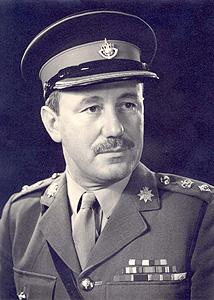
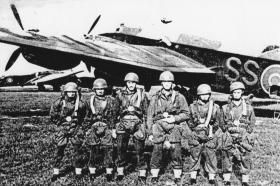
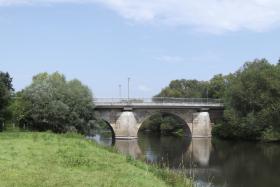
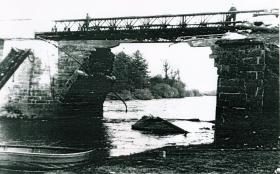
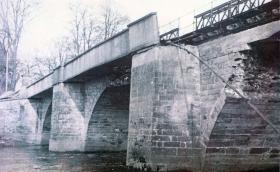

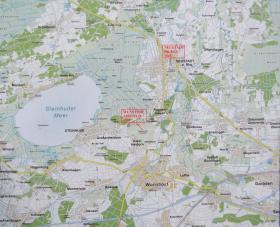
Latest Comments
There are currently no comments for this content.
Add Comment
In order to add comments you must be registered with ParaData.
If you are currently a ParaData member please login.
If you are not currently a ParaData member but wish to get involved please register.